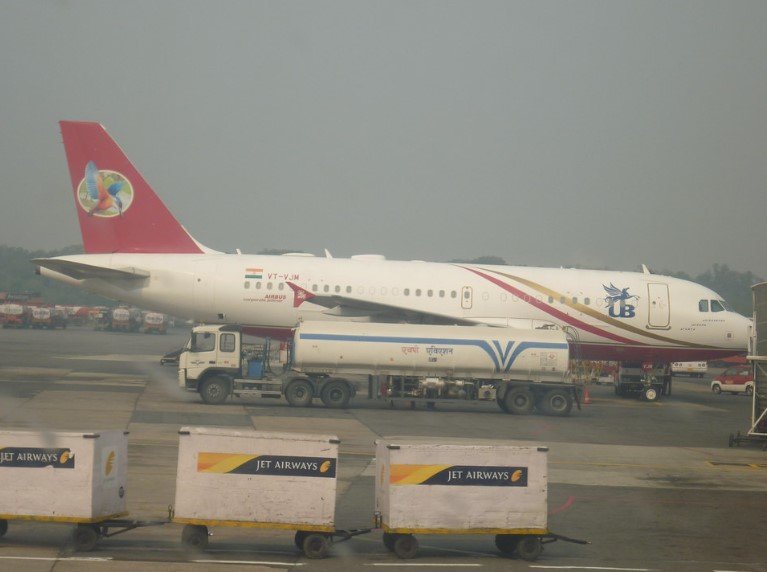Fugitive tycoon insists he’s cleared his debts—banks beg to differ, citing interest, penalties, and legal dues
Vijay Mallya says he’s paid it all. Banks say—hold on, not even close.
India’s most notorious loan defaulter is back in the headlines, and this time it’s about numbers. The man once known as the “King of Good Times” insists he’s done his part and cleared the tab. But lenders and regulators don’t quite agree. In fact, they say Mallya’s claim is not just misleading—it’s dangerously simplistic.
A Fugitive’s Bold Assertion
In a recent podcast interview, Mallya repeated what he’s been saying for a while now: that Indian banks have recovered more than what he originally owed. He pointed to a government report confirming that ₹14,100 crore had been clawed back against a tribunal judgment of ₹6,203 crore.
That’s more than double.
“The government of India has published a report… banks have recovered ₹14,100 crore from me. Against ₹6,203 crore. Why the discrimination?” he said.
One sentence. That’s all it took to reignite a national debate.
Mallya isn’t denying he left India. He’s just insisting it wasn’t a run—it was a scheduled flight. He left in March 2016 and never came back.

Banks Push Back With Receipts
Indian banks, led by the State Bank of India (SBI), are not buying Mallya’s narrative.
Sure, the ₹14,100 crore figure was cited by the Ministry of Finance. But behind that impressive number is a more complicated picture. Banking executives say the figure refers to attached assets, not cash in hand. The actual recoveries? Far less.
By their estimates, here’s where things stand:
-
₹10,800 crore: Realised value from asset sales
-
₹17,800 crore: Current total dues with interest and penalties
-
₹6,900 crore: Amount still owed, at minimum
This gap, they argue, is where the story really lies.
From Kingfisher to Courtroom
Kingfisher Airlines was declared a non-performing asset in December 2011. By 2013, a Debt Recovery Tribunal (DRT) suit was in motion. The judgment pegged Mallya’s dues at ₹6,203 crore with 11.5% interest from the date of application.
Here’s a snapshot of some key asset recoveries:
| Asset/Transaction | Year | Realised Value (₹ crore) |
|---|---|---|
| Kingfisher House (Mumbai) | 2021 | 52.25 |
| Kingfisher Villa (Goa) | 2017 | 72.00 |
| United Breweries stake sale | Various | ~7,000+ |
| Other Miscellaneous Assets | Ongoing | ~3,600+ |
Sources close to the matter say the total recovery sits around ₹10,800 crore—well below the government’s cited value of attached properties.
One banking official quipped off-record, “Attaching a house is not the same as selling it. We aren’t playing Monopoly here.”
“Not a Refusal to Pay, Just Unfair Play”
Mallya insists he was always willing to settle. He says he offered payment plans—four times between 2012 and 2015. All were rejected.
“The banks didn’t want to talk. They were under pressure. It wasn’t about money anymore—it became a political circus,” he claimed.
His larger grievance? The label.
“The moment I was branded a defaulter and a fraudster, any chance of negotiation was gone.”
And yet, he also admits the atmosphere turned hostile.
According to him:
-
The banks weren’t acting commercially.
-
Political agendas tainted negotiations.
-
Media coverage created an “anti-Mallya” narrative.
He even threw in a rhetorical punchline: “Koyi chor kabhi apna personal guarantee deta hai kya?”
Legal Tug-of-War Isn’t Over
In February 2025, Mallya took the fight to the Karnataka High Court, demanding a full statement of accounts from the banks. He claims they’ve recovered the principal “multiple times over” and sought a halt on any more recovery actions.
The court has issued notices to 10 banks including SBI and Punjab National Bank. The matter is still pending.
Across the seas, things haven’t gone his way either. In April, the UK High Court upheld a bankruptcy order against him. His appeal? Dismissed.
The ruling was a win for the SBI-led consortium and a loss for Mallya’s final argument: that the debt had been “essentially” settled through enforcement and asset liquidation.
What’s Real and What’s Rhetoric?
The debate over how much Mallya truly owes is far from settled. But the underlying tension is clear—this isn’t just a financial dispute, it’s a reputational one.
One side sees a fallen tycoon trying to polish his legacy with selective figures. The other sees a system unwilling to give an inch to a man they believe gamed the system for too long.
There’s also a trust deficit. The public watched for years as Mallya flaunted his lifestyle, seemingly untouched by the courts. Now, as he positions himself as a wronged businessman, many aren’t sure what—or whom—to believe.








